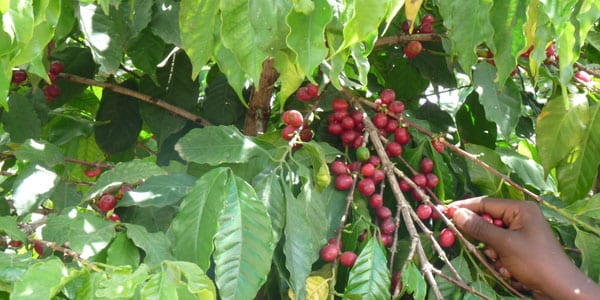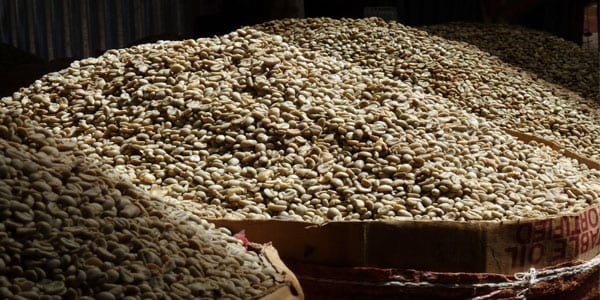Write: Monica Uriel. Journalist
The coffee tree, the plant that produces coffee beans, is native to Kaffa, Ethiopia. It was introduced to Arabia and from there to the rest of the world. Ethiopia is today the third largest producer of arabica beans in the world, and it is also Africa's leading consumer of coffee.
Coffee generates 60% of its export earnings and 15 million people participate directly or indirectly in the sector. 95% of the production comes from small farms.
The harvest goes from October to April and only the red and ripe fruits are collected, one by one and by hand. The coffee is harvested between September and December. It is collected in bamboo baskets, without contact with the ground. The secret of the high quality of the coffee is that it has been cultivated from generation to generation, in the traditional way and in unbeatable conditions.

There are four production methods: "coffee forests", or "semi-coffee forests". Coffee trees grow wild under the shade of forest trees. They represent more than 60% of national production (575.000 hectares); the "coffee gardens" (300.000 hectares), where the fruit grows in the vicinity of farmers' homes. The largest coffee plantations are owned by the state or by small entrepreneurs.
The coffee plant is born naturally in the forests
Agrochemicals have never been used in the “coffee forests” and farmers use organic fertilizer to enrich the land.
Some of the best coffees in the world come from Ethiopia: Harar, Sidamo and Yirgacheffee.

All the coffees are brought to Addis Ababa's central auction, the Ethiopia Comodity Exchange (ECX). This semi-private entity opened 10 years ago to unify weight and quality, and to eliminate intermediaries.
Farmers have their coffee certified and cataloged after taking a sample, determining whether or not it is for export. The term to sell the coffee from the moment the farmer delivers it is 24 days.
With an annual production of between 500 and 700.000 tons of coffee, half is for internal consumption. Ethiopia covers 3% of the world market share for this product.

Coffee in Ethiopia represents more than a drink, it is culture and legend
The coffee was discovered by chance. According to legend, a shepherd named Kaldi noticed that his goats got nervous when they ate from a bush. Informed some monks, it was they who discovered that the roasted berries helped them to stay awake, the monks used it during the long nights of prayer.
Arab merchants traded it through Turkey and from there it reached Europe and the rest of the world.
In Ethiopia, coffee is a ceremony that Ethiopians celebrate two or three times a day. On grass-strewn soil, the grain is roasted with charcoal in a perforated pan and then ground in a mortar.
The water is put to boil in a coffee pot on charcoal, to which is added incense or sandalwood. It is customary to drink three cups of coffee, each one less strong, as water is added to the jug. Here the coffee is accompanied by popcorn, sorghum or other cereals.






